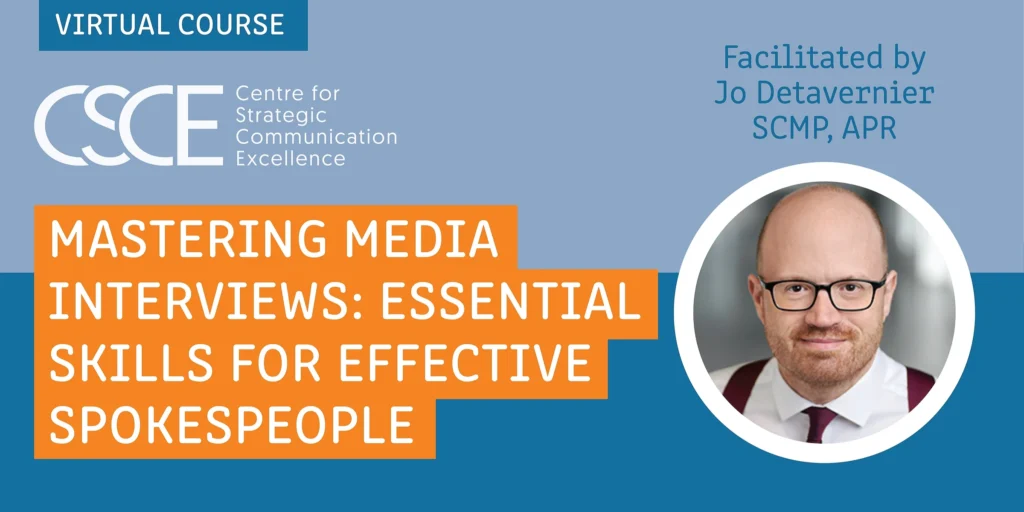The release of IC Kollectif’s new ebook, Disrupting the Function of IC: A Global Perspective sheds light on internal communication, past, present and future. Lise Michaud, owner and founder of the not-for-profit organisation gathered 30 senior communication professionals across six continents to cut across cultural differences and find the common threads that bind our profession together, no matter where we live or work. Eight chapters and eight topics focusing on internal communication provide valuable insights for communication professionals and organisational leaders alike.
In her introduction Lise says “The internal communication profession faces turbulent times and the role of IC practitioners may well be at a turning point. Caught between multiple, increasing challenges brought about by the impact of technology, the convergence and integration of communication disciplines and over-riding agendas like employee engagement and advocacy, the profession must dig deep for insights and new ways to define itself.”
The Centre for Strategic Communication Excellence is pleased to offer a sneak peek at Chapter 1: Changes and Challenges in Internal Communication featuring Roger D’Aprix (USA), Marc B. Do Amaral (Netherlands), Alex Malouf (United Arab Emirates) and Per Zetterquist (Sweden).
The authors agree that the playing field is shifting for internal communication as employees find their voice. Two questions: How does this change the role for internal communication professionals and how will organisations respond?
We invite you to read the following excerpts and download the free ebook for the full articles.
Roger D’Aprix
Above all, turbulent times require meaningful messages. That would appear to be a truism, but turbulence also tends to create one of two reactions. The first is panic. The second is denial. Both are serious challenges to the clear thinking that turbulent times require of organizational leaders and the staff people whose job it is to help create and keep them on message.
The complexity of today’s change makes it close to impossible for people to, in the parlance of our time, connect the dots. That metaphor incorrectly requires people on their own to sort through all the news and noise and assemble a coherent view of the organization’s reality and what that reality is likely to mean to and for them.
We lament the lack of employee engagement in so many organizations today. A good part of the reason is that engagement requires an understanding of the organization’s DNA before one can decide whether or not to engage. What is the organization’s strategy for addressing the trends and opportunities as well as its history? What values shape its culture? What does the leadership regard as its goals and aspirations? These are the relevant questions that both the leadership and their staff advisors must engage with the internal audience.
Marc B. Do Amaral
The playing field for corporate communication professionals is not what it used to be. The world out there has become a very unforgiving place for old-school bureaucracies. Bureaucracies lack the agility to change course and innovate, which undermines the appeal of their products. A zero-sum game mindset inclines them to prefer short-term gains over sustainable, mutually rewarding relationships, undermining their license-to-operate. Bureaucracies have little to offer their employees in terms of growth opportunities, voice and autonomy, making them unattractive places to work.
In the fast-paced, information-rich world of today, bureaucratic organizations look like a fish flopping around on dry land. The age-old information monopoly that used to serve the powers that be so well, has all but been torn down by the rise of the internet and social media. Any kind of wrongdoing, whether real or fake, is bound to surface in the public domain sooner or later. In short, we are living in times of unprecedented transparency and organizations have nowhere to hide. Ignoring this reality, either in the form of a deadly lack of responsiveness or by denying the plainly visible facts, comes at the peril of ruining one’s reputation and credibility.
Alex Malouf
The challenge communicators have is to balance the expectations of management with the needs of employees. At its most basic, an internal communication approach will need to be aligned with organizational strategy (Grunig et al., 1992).2 Put simply, this means that communicators need to formulate organizational goals that are specific, measurable, achievable, realistic and timed (SMART). This can be a struggle, particularly for public relations practitioners in an emerging world where measurement beyond advertising value equivalents is still a rarity. Developing SMART goals in partnership with functions such as human resources and management will further help in both raising awareness of what internal communication can do as well as raising your own profile with individuals who will support and contribute to your internal communication.
Strategy isn’t the only question you’ll be faced with. Those who are new to internal communication will also need to consider and decide on the channels that will give the best reach to and engagement with employees. For organizations that are new to internal communication, this can prove a major dilemma.
Per Zetterquist
Internal communication is a small function in a world driven by consolidation of units where senior management look for various ways to find synergies, align processes and cut cost. It’s also a function with a tradition of very few hard facts and KPIs to prove its value to the business. We operate in a field where many people consider themselves to be experts. A function like this, unable to prove its unique value to the business, runs a risk to be merged with or moved under another function. Or even made extinct. All together this means that internal communication is at risk as an independent function.
The way to manage this is to make sure that the function can prove its value and relevance to the business. One important element is to identify tangible and measurable targets to anchor with senior management. These KPIs have to be relevant for the business leaders. They tell how communication helps achieve the goals of the organization. With targets identified and agreed to the next step is to secure resources and work hard to meet them. Another important step is to educate management about the relevance of internal communication and what the offer includes. Make sure to use the language and reference points familiar to the organization. Our own lingo that we use between ourselves as communicators runs a definite risk to distance the audience.





